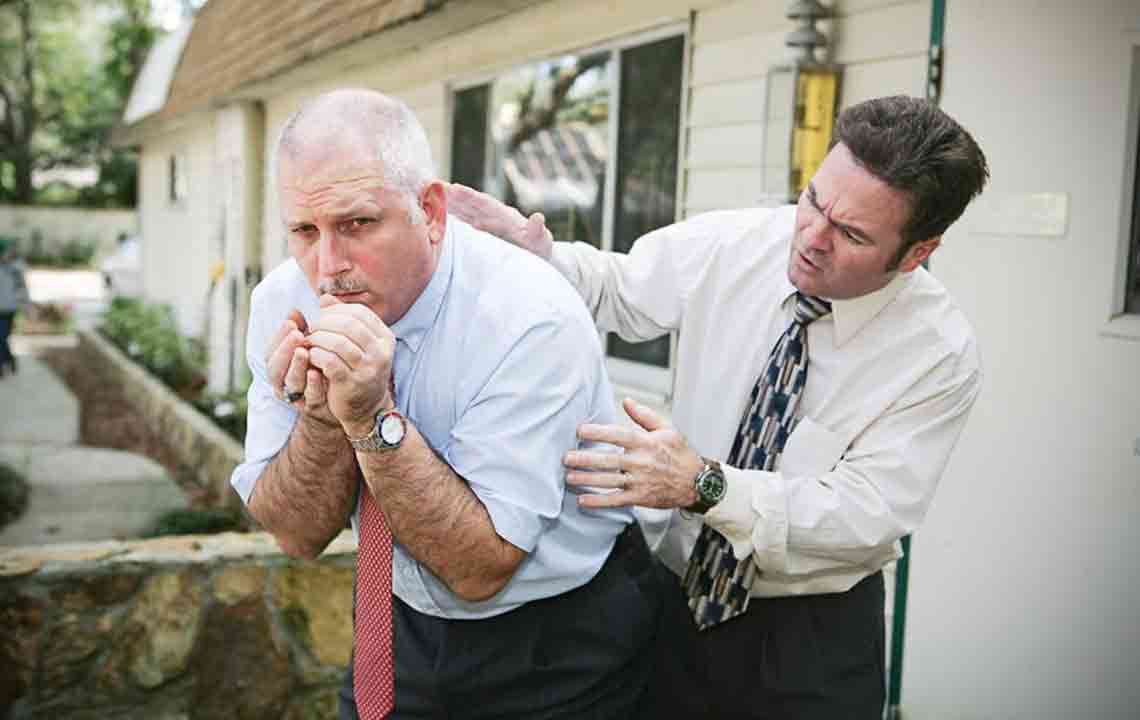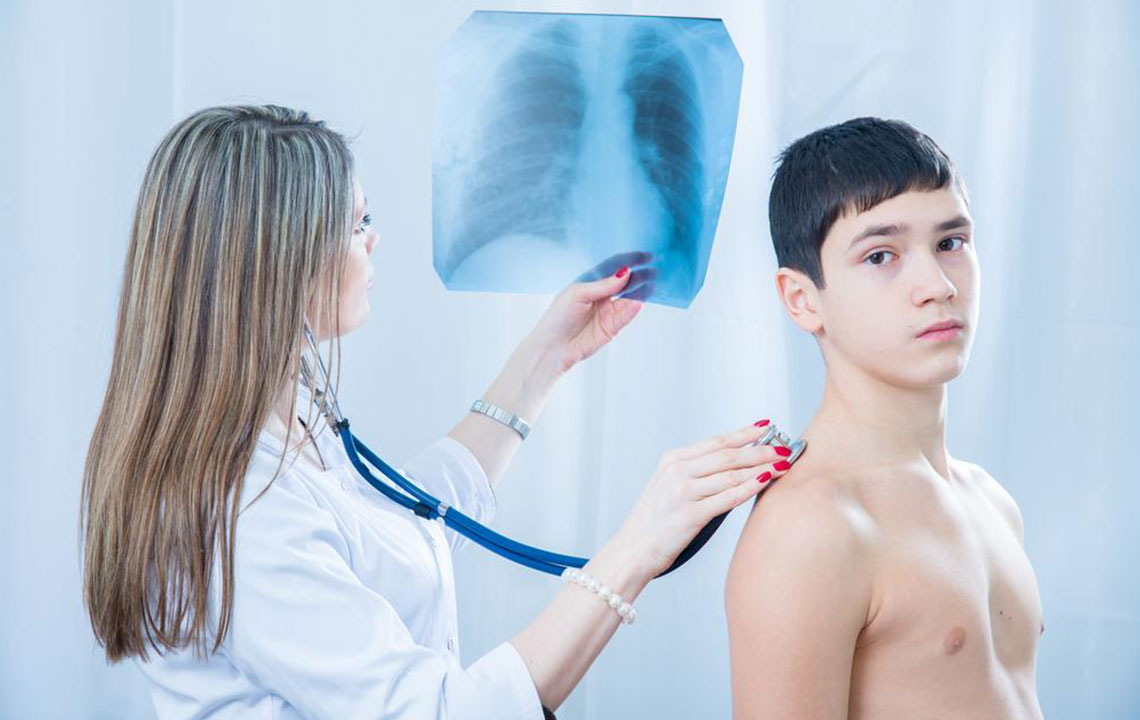Proven Methods to Prevent and Manage Pneumonia Effectively
This article explores effective strategies for preventing and treating pneumonia, emphasizing vaccination, hygiene, and timely medical intervention. It details symptoms, types, causes, diagnosis methods, and treatment options, aiming to educate readers on reducing risks and managing the illness effectively. Suitable for healthcare professionals and the general public, it highlights the importance of prevention and early detection to combat pneumonia's serious health impacts.

Proven Methods to Prevent and Manage Pneumonia Effectively
Understanding how to prevent and treat pneumonia
What is pneumonia?
Pneumonia is an infection that inflames the air sacs in the lungs, causing them to fill with fluid. This leads to breathing difficulties. It can be caused by bacteria, viruses, or fungi, with bacteria being the most common cause.
The impact of pneumonia depends on factors like age, immune strength, and overall health. Infants, seniors, and immunocompromised individuals are at higher risk for severe complications.
People who smoke or suffer from chronic conditions such as diabetes or heart disease are more prone to pneumonia. Treatment options vary depending on the causative pathogen and personal health factors. According to the CDC, pneumonia remains a leading infectious cause of death among children under five worldwide.
Common symptoms of pneumonia
Symptoms often resemble those of the flu or cold but tend to last longer and be more severe. Typical signs include:
Persistent cough that doesn't clear up
Chest discomfort and breathing difficulty
Nausea or vomiting
Types and causes of pneumonia
Viral pneumonia often results from influenza or Respiratory Syncytial Virus (RSV), while bacterial cases are frequently due to Streptococcus pneumoniae. Fungal pneumonia can emerge from fungal spores in soil or bird droppings.
Ventilator-associated pneumonia develops in ventilated patients, and hospital-acquired pneumonia—often resistant to antibiotics—is contracted during hospital stays. Community-acquired pneumonia occurs outside medical environments. Both bacterial and viral forms spread through airborne particles.
Diagnosis typically involves physical exams and chest X-rays. In complex instances, additional tests may be necessary, such as:
Blood tests to detect infection but not the specific cause
Sputum analysis to identify the infectious agent
Oximetry to measure blood oxygen levels
Urinalysis for bacterial detection
Chest CT scans for detailed lung visualization
Fluid sampling from the pleural space when needed
Bronchoscopy in severe cases to examine airways
Treatment depends on the cause. Antibiotics are effective for bacterial pneumonia, tailored based on patient age and severity. Severe cases may require hospitalization, IV antibiotics, oxygen therapy, or respiratory support. Viral pneumonia often improves with antiviral drugs like Tamiflu, with symptoms lasting one to three weeks.
Vaccination is recommended for prevention. For those over 65, a sequence of PCV13 followed by PPSV23 is advised, with timing depending on prior doses.
Side effects from vaccines include mild soreness, redness, fever, chills, and nausea. Always consult your healthcare provider before vaccination and report adverse reactions immediately.
Preventive measures include vaccination, maintaining good hygiene, regular handwashing, disinfecting surfaces, managing chronic conditions, and quitting smoking to lower pneumonia risk.


